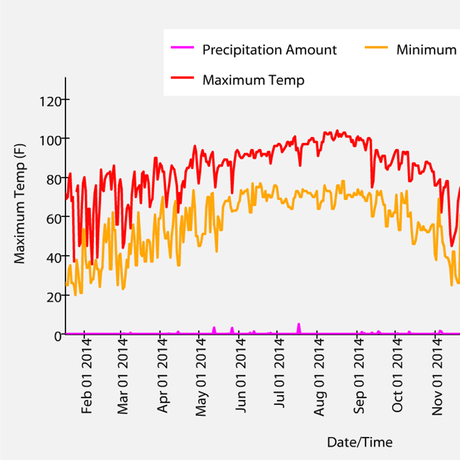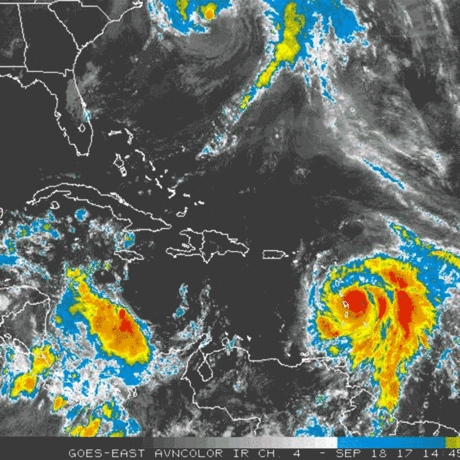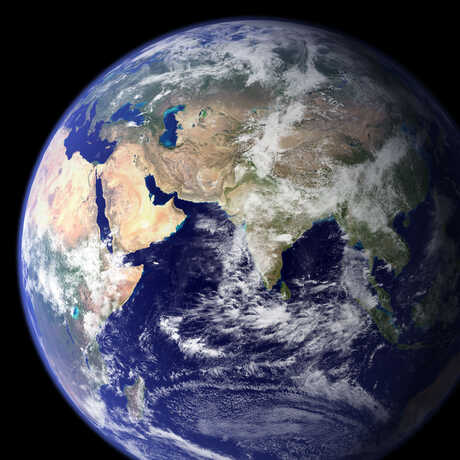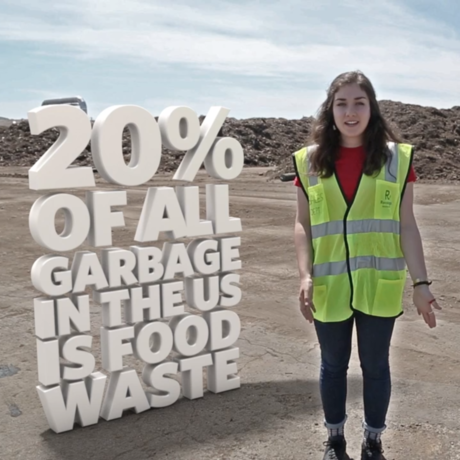Grade level: 6-10
Length: 6 minutes
Next Generation Science Standards: ESS2.D, ESS3.D, Analyzing and Interpreting Data, Using Models, Obtaining, Evaluating, and Communicating Information, Patterns, Systems and System Models
Video Discussion Questions
- How would you describe the difference between weather and climate in your own words?
- What is a meteorologist, and what do they study? What kinds of data do they use, and what do they use to collect these data?
- Why is understanding weather and making accurate weather forecasts important?
- What do climate scientists study? What kinds of data do they use? How do they collect these data?
- How can understanding ice sheets help us make predictions about potential future impacts of climate change?
- What are king tides, and why might it be important to understand their impacts on the coastline?
- How are climate scientists and meteorologists similar? How are they different?




